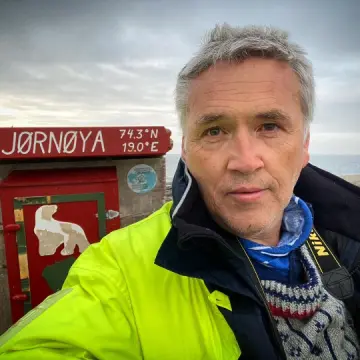Atlantification of the Arctic Ocean
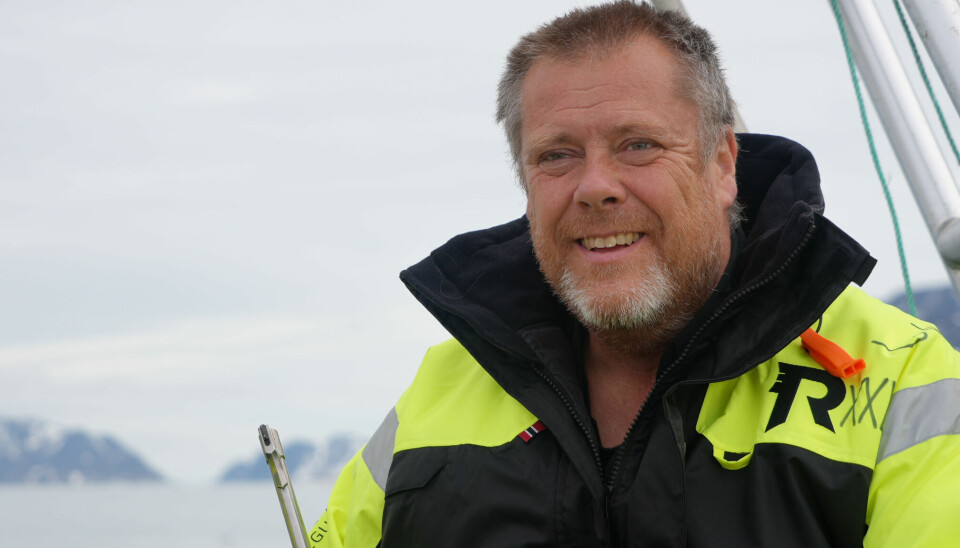
"We see a radical change in the marine ecosystem"
Few know better than Jørgen Berge how climate changes are impacting the marine life around Svalbard. He is clear: The Atlantification of the Arctic Ocean is underway.
We are sailing in Kongsfjorden with UiT The Arctic University of Norway. This fjord, on the northwest coast of Spitsbergen, is like a giant marine laboratory where researchers can study the inevitable consequences of our failure to reduce emission of greenhouse gases.
Kongsfjorden (Kings Bay) is warming quickly.
“Since 2002, the general and average trend is an increase in temperature across the entire water-column of 0.1°C each year. Hence, over the last two decades, around 2°C warmer water," said Jørgen Berge.
Berge is expedition leader on board the university's own research vessel, the Helmer Hanssen.
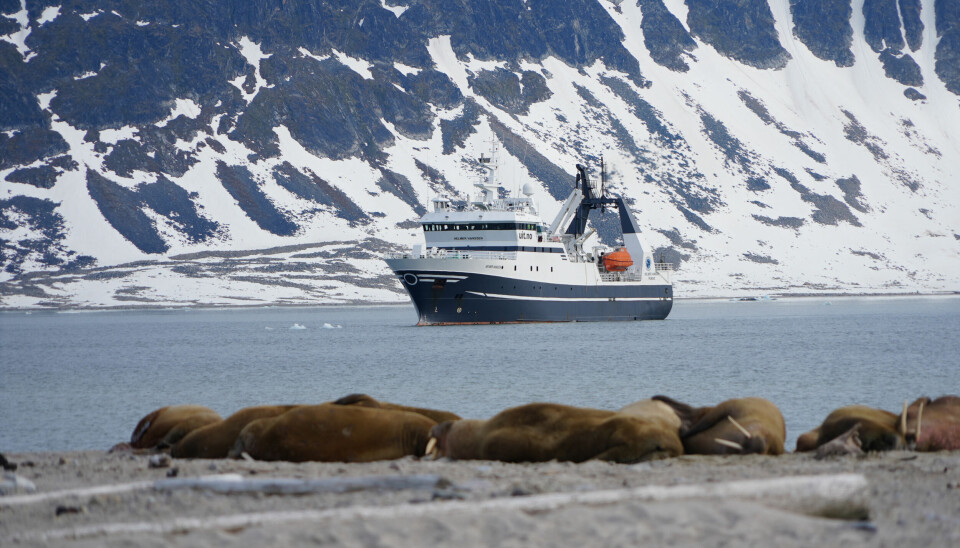
UiT The Arctic University of Norway, in collaboration with The University Centre in Svalbard (UNIS), the Norwegian Polar Institute and Scottish Association for Marine Science (SAMS) have operated an ocean observatory in Kongsfjorden since 2002.
"Unique for our research here in Kongsfjorden is the long series of sampling" said Berge. "We need reliable evidence over time; temperatures, plankton, sea birds, its all connected."
Jørgen Berge is worried. And more and more so for every year he sails north to Svalbard.
"One thing is the increase in temperature, another is the change we see in the ecosystem."
Berge is talking literally. As we are speaking, he picks up his binoculars and looks out over the water. Hard to see and fast to fly, the little auk catches the marine researcher's special attention.
"Rising temperatures can affect the little auk’s survival," Berge said. This particular Arctic sea bird is like a canary in the coal mine. An early warning of danger.
The little auk eats plankton and Arctic zooplankton has lots of nutrients. With warmer Atlantic water in Kongfjorden, new plankton that are smaller and contain less nutrients comes in from the south.
The consequence is less food for the little auk. But also fish stocks are changing.
Seabirds are declining, we see an increase in temperate fish species such as herring and capelin, and we have even recorded mackerel in the fjords on the west coast of Svalbard," said Jørgen Berge.
Blue mussels found at Svalbard in recent years is another indicator of a changing marine climate.
Kongsfjorden, like the larger Isfjorden and some of the other fjords coming in from the Greenland Sea, has seen nearly no sea ice for the last 15 years. The transition of the fjord from Arctic marine life to Atlantic is now considered to be inevitable.
Although results from the samplings and studies made this summer are not yet concluded, 2024 will write itself into history as yet another tipping-point year. August became the warmest ever recorded in Longyearbyen with an average temperature of 11°C. This is the third year in a row meteorologists register record high temperatures on the Norwegian archipelago.
Berge gets sad when explaining what he is eye-witnessing.
We know for a fact that the Arctic is changing 3-4 times faster and greater than the global average. A two degree warming is thus likely to be MUCH bigger in the Arctic.
What international scientists believed would be long-term consequences of climate changes are now about to become medium-term and even short-term effects.
"Immediate consequences include a massive melt of sea ice, glaciers and thawing permafrost, with a consequent quite radical change in the ecosystem," Berge said.
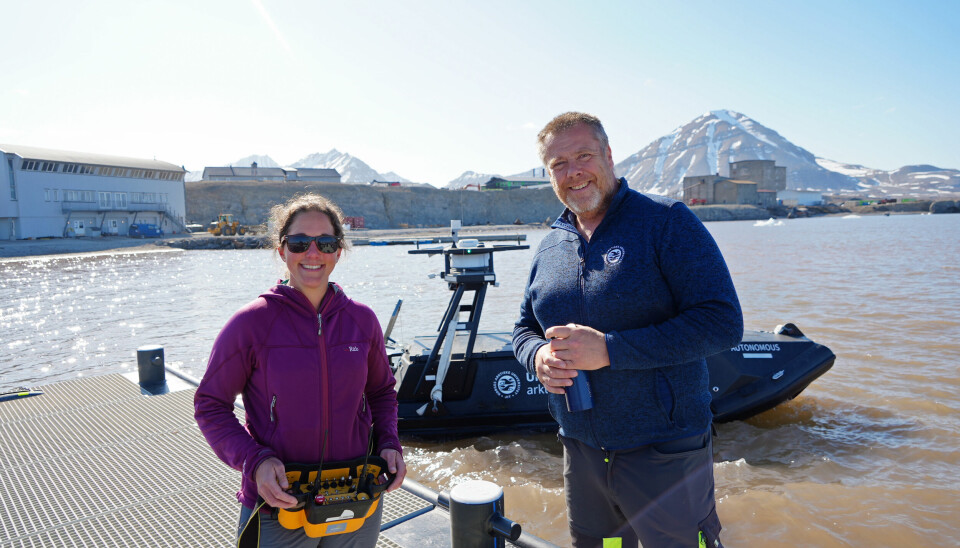
At 79° North, the settlement of Ny-Ålesund is the world's northernmost. Located on the shores of Kongsfjorden, hundreds of international researchers gather to study Arctic natural science in general and climate changes in particular.
Eighteen research institutions from eleven countries are present, including far-from-Arctic states like India, China and Italy. Especially busy are summer days, but a few also stay overwinter during polar night. This is about as far north as you can get without being on a boat. The northern edge of Spitsbergen, the largest island on Svalbard, is halfway between mainland Norway and the North Pole.
Few places on planet earth see a more dramatic change than the Arctic Ocean.
It is likely that the central Arctic Ocean will transform from a white ocean (ice-covered) to a blue ocean (open-waters). What this will result in, is something that we do not know," said Berge.
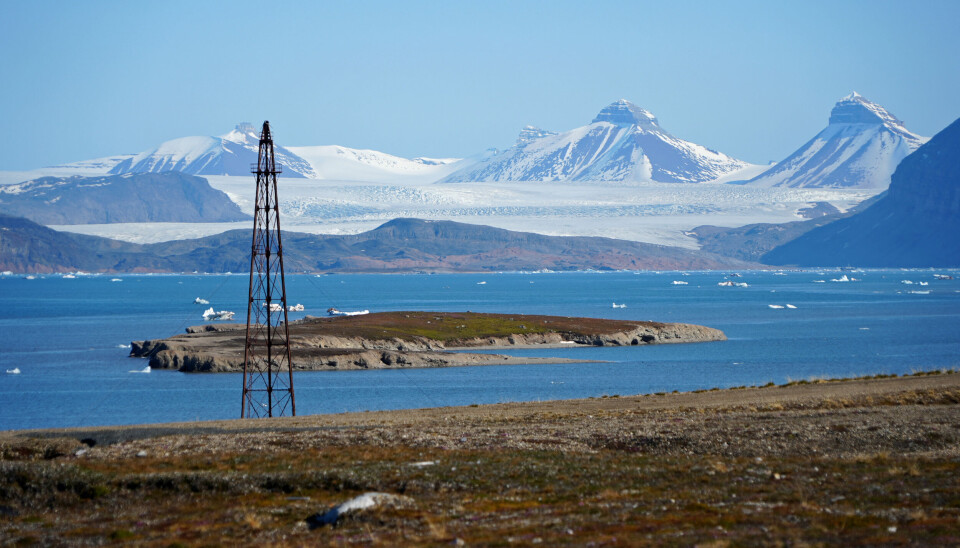
Atlantification is the word used by Arctic marine researchers to describe what now happens. It is not only about rising temperatures, but also about the chemical and physical composition of the water. The Fram Strait in the Greenland Sea, west of Svalbard, could see changes in ocean circulation patterns. Warm Atlantic water mixes with cool surface water from the ice-covered Arctic. What will happen when sea-ice is gone is more uncertain.
The international science community in Ny-Ålesund has a hope that a continuation of the long series of sampling and research in Kongsfjorden, dating back to the 1970s, will continue. The marine life here is likely the most explored anywhere in the circumpolar north.
That itself is important for understanding how climate changes forever are impacting Arctic ecosystems.
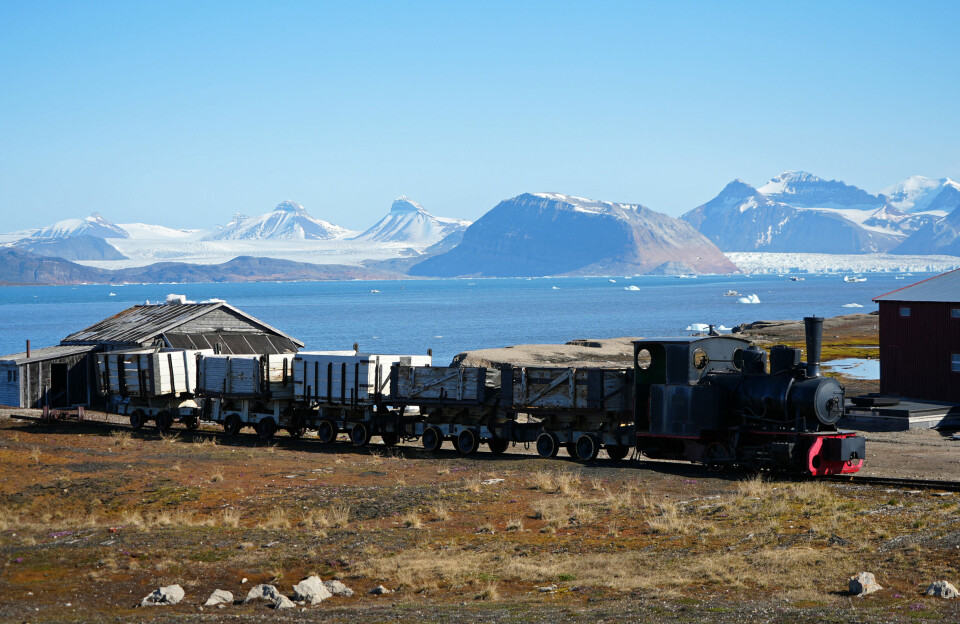
This abandoned train from the coal mines in Ny-Ålesund stands as a symbolic remainder of mankind's biggest challenge: How to transform our energy systems from fossil fuel to renewables.
Since 1990, global CO₂ emissions have increased by more than 60%.
2024 is on track to be hottest year on record as warming temporarily hits 1.5°C
The Arctic has warmed nearly four times faster than the globe since 1979.
The loss of ice from glaciers, sea-level rise and ocean heating are accelerating; and extreme weather is wreaking havoc on communities and economies across the world, the World Meteorological Organisation warns.

